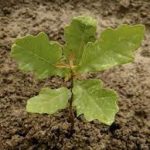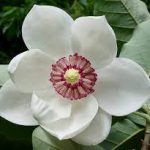BOTANIC NOTABLES: PRESIDENTIAL TREES
Andrew Jackson’s Southern Magnolias
As per Dale Haney, the White House’s horticulturalists, one of the oldest on the grounds is northern Magnolias ( Magnolia grandiflora), planted by Andrew Jackson between 1829 and 1837. They were buried in honour of his wife Rachel, who passed away just two weeks after winning the presidential election and before his inauguration. He was on his own and left their house in Nashville, Tennessee, for the White House, and he took two magnolia saplings out of the garden. Magnolias were Rachel’s favourite tree. Jackson planted the tree in her memory, and he never got married.
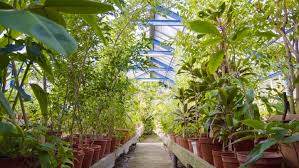
The trees are still in bloom in the South Portico, and you will see them engraved on the reverse of a 20-dollar bill. (A Map of the commemorative trees near the White House is here. The map lists the tree and the year and the president’s planting.)
Abraham Lincoln’s Honey Locust
A honey locust ( Gleditsia triacanthos) located in the Soldiers National Cemetery is referred to for its role as the “witness tree”-the final living witness to Abraham Lincoln’s Gettysburg Address on November 19 1863. Following the Civil War, more than 100 trees were planted within the Cemetery in honour of the fallen soldiers (Kentucky, for instance, established several Kentucky coffee trees to honour of the state’s soldiers). however, the honey locust was the only tree and the sole living thing to have witnessed Lincoln deliver his famous American speech, which began with “Fourscore and seven years ago.
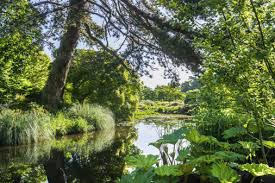
” People interested in history and have an outdoor space might want to know that a historical preservation group has harvested the tree’s seeds and is selling the saplings that are descendants of Lincoln’s Honey locust.
George Washington’s Tulip Poplars
George Washington never chopped down one of the cherry trees; however, Washington did plant several other species-all American native species naturally at the site of his Mount Vernon home. Washington was an avid gardener and was the garden designer on the estate. He created a large bowling green that was surrounded by long lines of trees. The canopied greens were great to entertain, mainly when other horticulturists visited. Thomas Jefferson and Ben Franklin were frequent visitors (both of whom exchanged seeds and plants with Washington), As were The Marquis de Lafayette, the French general and statesman.
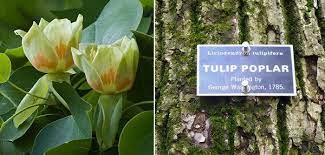
Of all trees, trees known as tulip poplars ( Liriodendron tulipifera) were his favourite. He believed they were the most iconic American tree, bringing the saplings back to France. These tulip trees, descendants of the ones established by Washington himself, were planted in Versailles and given to Marie Antoinette as a gift. Today, the two tulip poplars are still in bloom on Mount Vernon. The colours are too large for bees to eat, so the year 1989 saw horticulturists working in cherry pickers gathering pollinated seeds from the tall trees. A long-standing organization harvested seeds and then distributed them to various locations across the nation and to France, where Marie Antoinette’s 18th-century tulip poppy had fallen during a storm.




